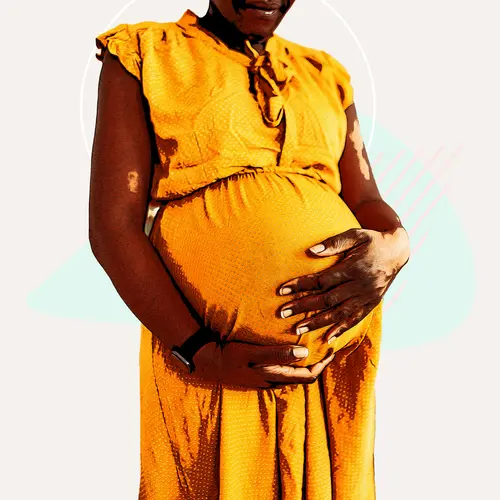Many mothers anticipate breastfeeding their babies after birth. During your pregnancy, you may feel your breasts grow fuller in anticipation of breastfeeding a newborn. While you do have breast milk to offer your baby right after birth, over the first few days your milk changes.
When Will My Milk Come In?
When your baby is first born, their stomach is the size of a cherry, so they only eat about 1 to 1.5 teaspoons at each feeding. Because of this, your first milk is thick and packed with nutrients. This first milk is called colostrum. By the time your baby is a week old, their stomach is the size of an egg, and they eat about 1.5 to 2 ounces each time they nurse.
Over the first few days following your baby’s birth, your milk transitions to be a thinner consistency and lighter in color. It may seem like your baby wants to be on your breast constantly, and there are several reasons for this:
- Comfort. This big world is scary and new to your baby. In the womb, they listened to you all day long, and you provide the most comfort. They want to be near you to feel safe. Plus, sucking is a reflex at birth, and nursing fills their need for that motion.
- Nutrition. Your baby’s stomach is so small that they need to nurse more often to stay full. As they get older, their nursing sessions slow down to eating every few hours instead.
- Your milk. Your baby wants to nurse as a way to encourage your milk to come in — often called cluster feeding. When your baby breastfeeds, it sends a signal to your body to produce more milk.
If you have concerns that your milk isn’t coming in as soon as you expected, talk to your pediatrician or a lactation consultant.
What Does It Feel Like When My Milk Comes In?
Once your milk comes in, you will understand how different it feels when your breasts are full of milk. At first, your breasts may feel overfull and leak. This is normal as your body learns how much milk your baby needs.
At the same time, your breasts may not feel any fuller, yet you are still producing enough milk for your baby. Each mom is different. Remember, breast size is not an indication of how much milk you produce.
When your baby first begins nursing, they get a few drops of milk. However, the pattern of their sucking is fast and shallow, sending the message that your body needs to release milk. Once your milk “lets down” during a nursing session, your breasts may tingle.
Changes in Breast Milk Color
For the most part, your breast milk will appear white, yellow, or clear. However, the foods you eat can influence the color of your breast milk. For example, a diet high in carrots and yams could give your breast milk an orange tint. Or a diet full of leafy vegetables could turn your breast milk slightly green. Small variations in color like these are not usually cause for concern.
If your breast milk takes on a pink or red hue, you might have blood in your milk. This is often caused by cracked nipples, but on rare occasions it can be due to mastitis (breast infection), papilloma (benign tumor), or breast cancer. Talk to your doctor if the bleeding seems excessive, it does not have a clear cause, or you are prone to any of those conditions.
Other Considerations for Breastfeeding
Bonding with your baby. Breastfeeding gives you a perfect opportunity to bond with baby, but bottle feeding can still be useful. Offer breast milk in a bottle so that dad, grandparents, and siblings may bond with your baby, too. Your baby will feel more closely connected with each member of your family. It will ease the transition of being away from you if and when you return to work.
Your baby’s stool. Once breastfeeding is established, your baby’s poop is usually yellow and seedy. It is soft and not formed. If you supplement with formula, it may be darker and more formed than if exclusively breastfed. Your baby may poop multiple times a day, but don’t worry if they go 7 to 10 days without pooping. This is normal for exclusively breastfed babies.
Pain while breastfeeding.Breastfeeding is natural, but it isn’t always easy. You may experience soreness while breastfeeding, but severe pain and damage are signs that your baby has a poor latch. You may experience:
- Severe pain during a nursing session on one or both sides
- Damaged nipples
- Distortion of nipples right after a nursing session
- Engorgement or blocked ducts from your baby not transferring milk efficiently
- Issues with too much or not enough milk
Talk to a doctor or lactation consultant to ensure your baby is getting enough nutrients if you are concerned about their latch.

